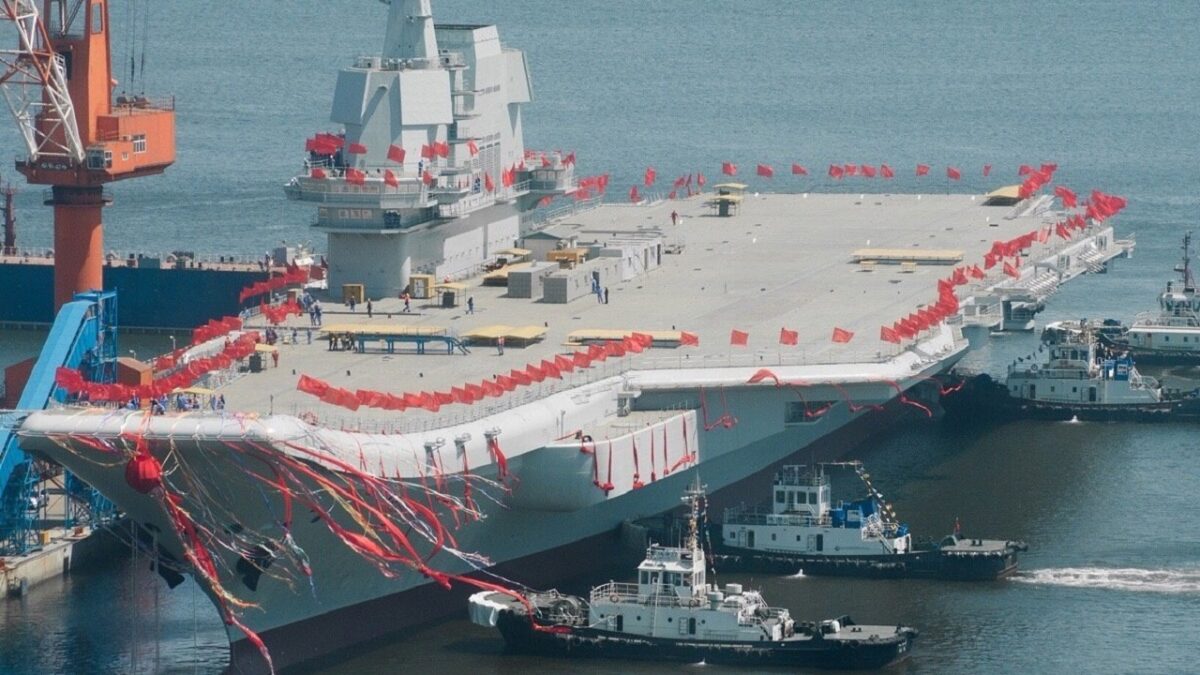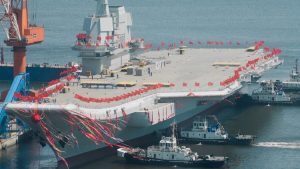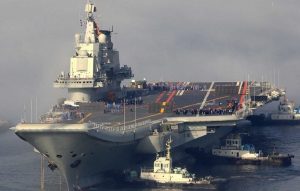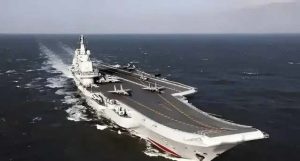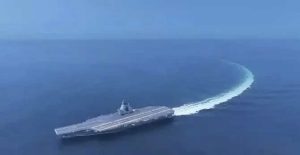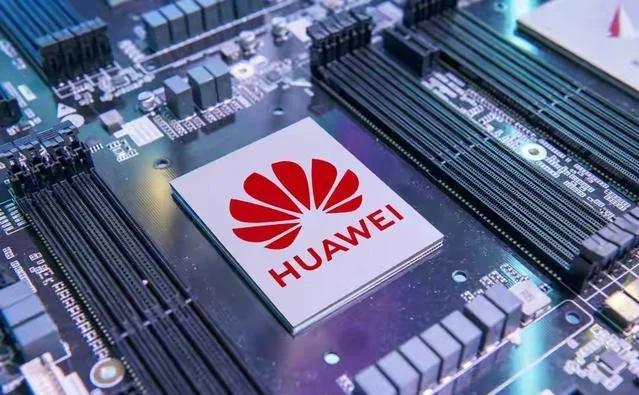If the fifth sea trial goes smoothly, how much longer will it take for the Fujian aircraft carrier to enter service? The answer, while realistic, reflects China’s progress in developing its naval capabilities.
Context: Aircraft Carrier Sea Trials
Under international norms, the sea trial phase for aircraft carriers typically lasts 1–2 years. The United States, as a seasoned carrier power, has the advantage of extensive experience, often reducing its carriers’ sea trial time to under a year. In contrast, China, as a newer player in carrier development, follows a more deliberate and step-by-step approach.
Fujian’s Progress So Far
For perspective, China’s earlier carriers, Liaoning and Shandong, underwent 10–11 sea trials each, with the Liaoning taking about 13 months and the Shandong roughly 19 months to complete trials before entering service. However, the Fujian—a larger and more advanced carrier—has already completed five sea trials within just six months since its first trial in May.
Based on this pace, and assuming a similar total of 10–11 sea trials, Fujian is already halfway through the process. This speed marks a significant improvement over its predecessors.
Possible Commissioning Timeline
If everything proceeds smoothly, and Fujian continues its accelerated trial schedule, it is likely to enter service by May or June next year (2025). At worst, it could still be ready in the second half of the year, making its commissioning in 2025 almost certain.
Why is Fujian’s Sea Trial Faster?
Intuitively, one might expect a larger and more advanced carrier like Fujian, featuring a straight-through flight deck and electromagnetic catapults, to require longer trials. However, two key factors contribute to its faster progress:
1.Maturing Experience
China has learned significantly from its earlier carriers, Liaoning and Shandong, and has incorporated those lessons into the design, testing, and operational processes for Fujian. This maturity allows for more efficient trials.
2.Geopolitical Tensions
The urgency is driven by a tense global environment, including conflicts like the Russia-Ukraine war, Israel-Palestine tensions, and Korean Peninsula standoffs. Moreover, escalating disputes in the South China Sea, fueled by U.S. involvement and provocations from nations like the Philippines and Vietnam, underscore the need for China to bolster its maritime strength swiftly.
Strategic Implications
Once Fujian enters service, alongside Liaoning and Shandong, China will achieve a three-carrier rotation system: one on duty, one under maintenance, and one in training. This structure ensures that at least one carrier is always operational, enhancing China’s readiness to respond to regional and global challenges.
The commissioning of Fujian would not only bolster China’s strategic deterrence but also mark a critical milestone in achieving true carrier strike group capabilities.
What do you think? Will the Fujian meet its expected timeline for commissioning next year?
(Image source: Internet; please contact the author for removal if copyrighted.)





